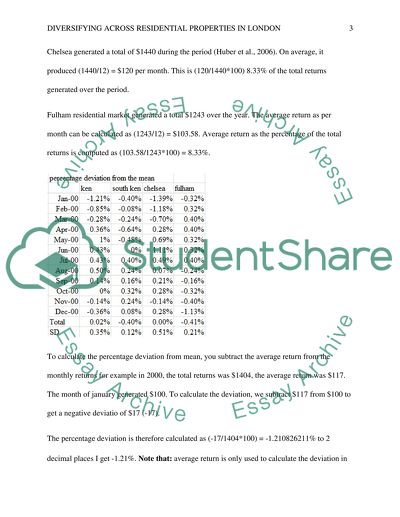Cite this document
(“The case for diversifying across residential properties in London Coursework”, n.d.)
The case for diversifying across residential properties in London Coursework. Retrieved from https://studentshare.org/miscellaneous/1651873-the-case-for-diversifying-across-residential-properties-in-london
The case for diversifying across residential properties in London Coursework. Retrieved from https://studentshare.org/miscellaneous/1651873-the-case-for-diversifying-across-residential-properties-in-london
(The Case for Diversifying across Residential Properties in London Coursework)
The Case for Diversifying across Residential Properties in London Coursework. https://studentshare.org/miscellaneous/1651873-the-case-for-diversifying-across-residential-properties-in-london.
The Case for Diversifying across Residential Properties in London Coursework. https://studentshare.org/miscellaneous/1651873-the-case-for-diversifying-across-residential-properties-in-london.
“The Case for Diversifying across Residential Properties in London Coursework”, n.d. https://studentshare.org/miscellaneous/1651873-the-case-for-diversifying-across-residential-properties-in-london.


